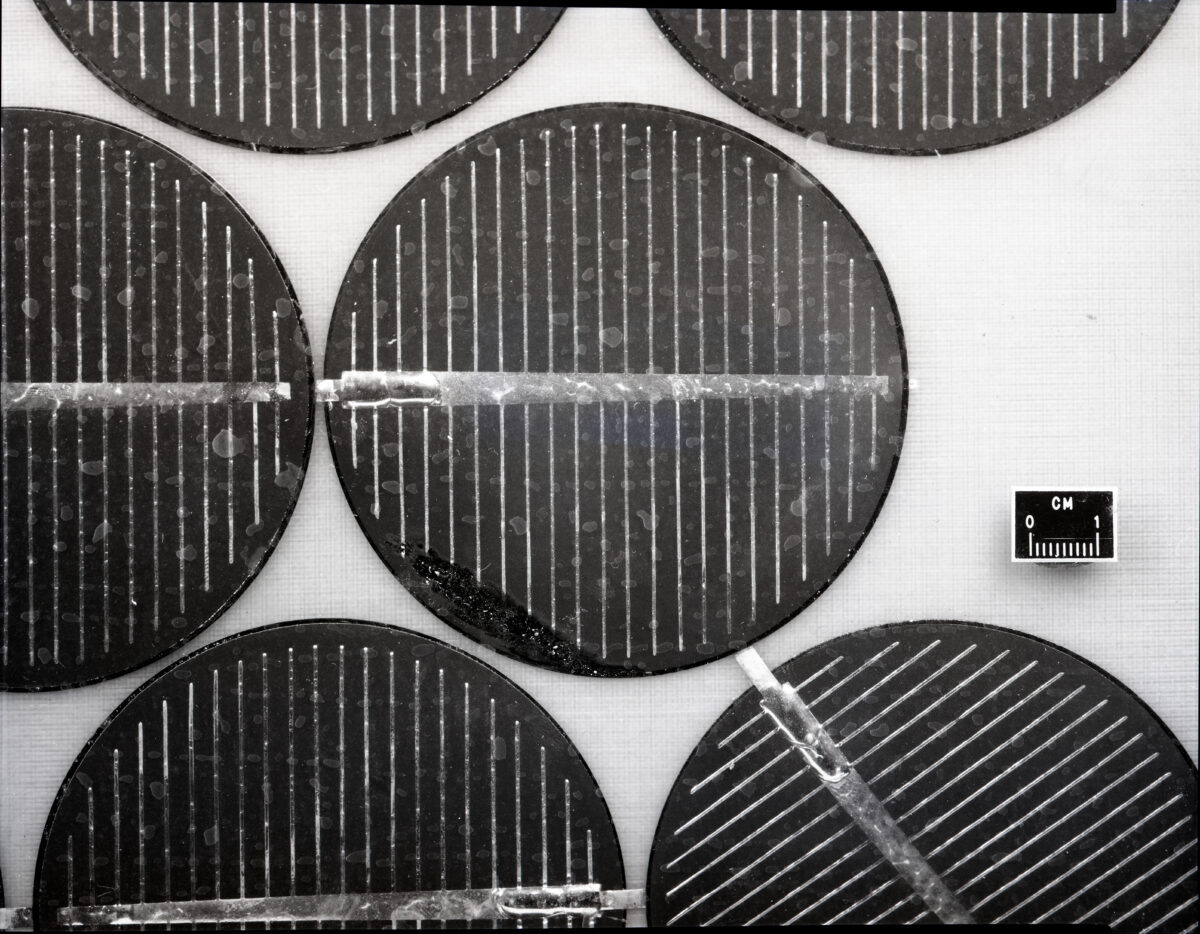
Source: Museum Of Solar Energy
Silicon Development in Photovoltaics
In the early 1930s, while selenium cells were being explored, silicon started gaining attention for its use in point-contact rectifiers. Metal point contacts to various crystals had been known for their rectifying properties since the late 1800s. Initially used as detectors in radio receivers, crystal rectifiers were later replaced by thermionic tubes, except for high-frequency applications. Tungsten points were found to be the most effective for making contact with silicon surfaces.
Discovery of Natural Junctions
Research into the purity of silicon led to the discovery of well-defined barriers in ingots grown from high-purity silicon. In 1941, silicon photovoltaic devices based on these natural junctions were described. These devices showed promising properties, such as good photovoltaic response, high thermoelectric coefficient, and rectifying properties.
Development of Silicon Solar Cells
In 1952, Kingsbury and Ohl reported improved silicon solar cells using purer silicon to prevent junction formation and ion bombardment of the surface to create the rectifying junction. Subsequently, the first modern silicon cell was announced in 1954 by Chapin, Fuller, and Pearson. These cells had a dual rear contact structure and significantly higher efficiency compared to earlier devices.
Applications and Prospects
Despite the initial excitement surrounding silicon solar cells, the industry’s immaturity tempered expectations. However, the cells found a niche in space applications and were widely used until the early 1970s. The development of crystal growth techniques and junction formation methods paved the way for significant advancements in photovoltaic technology.

Source: PV Magazine
